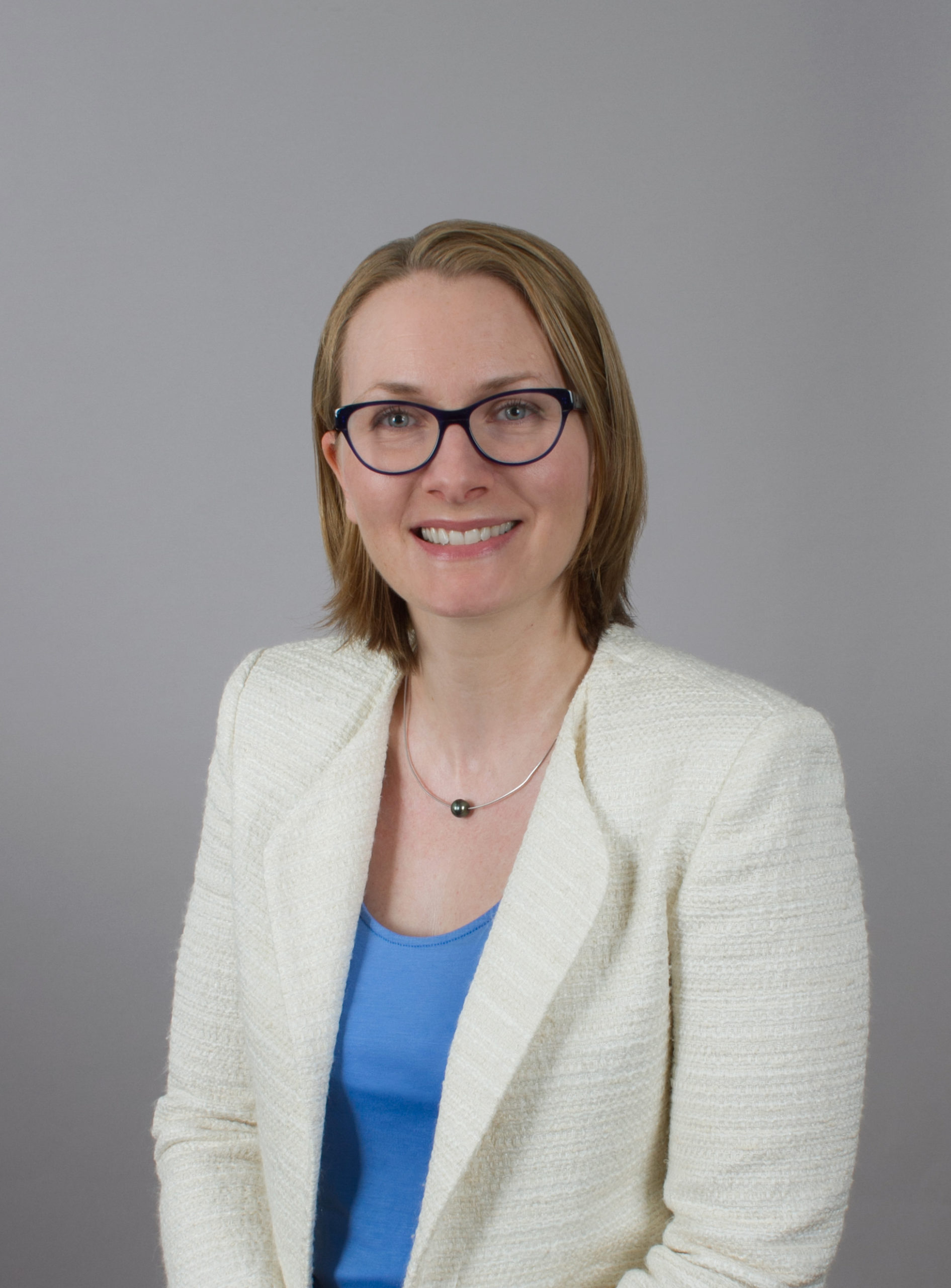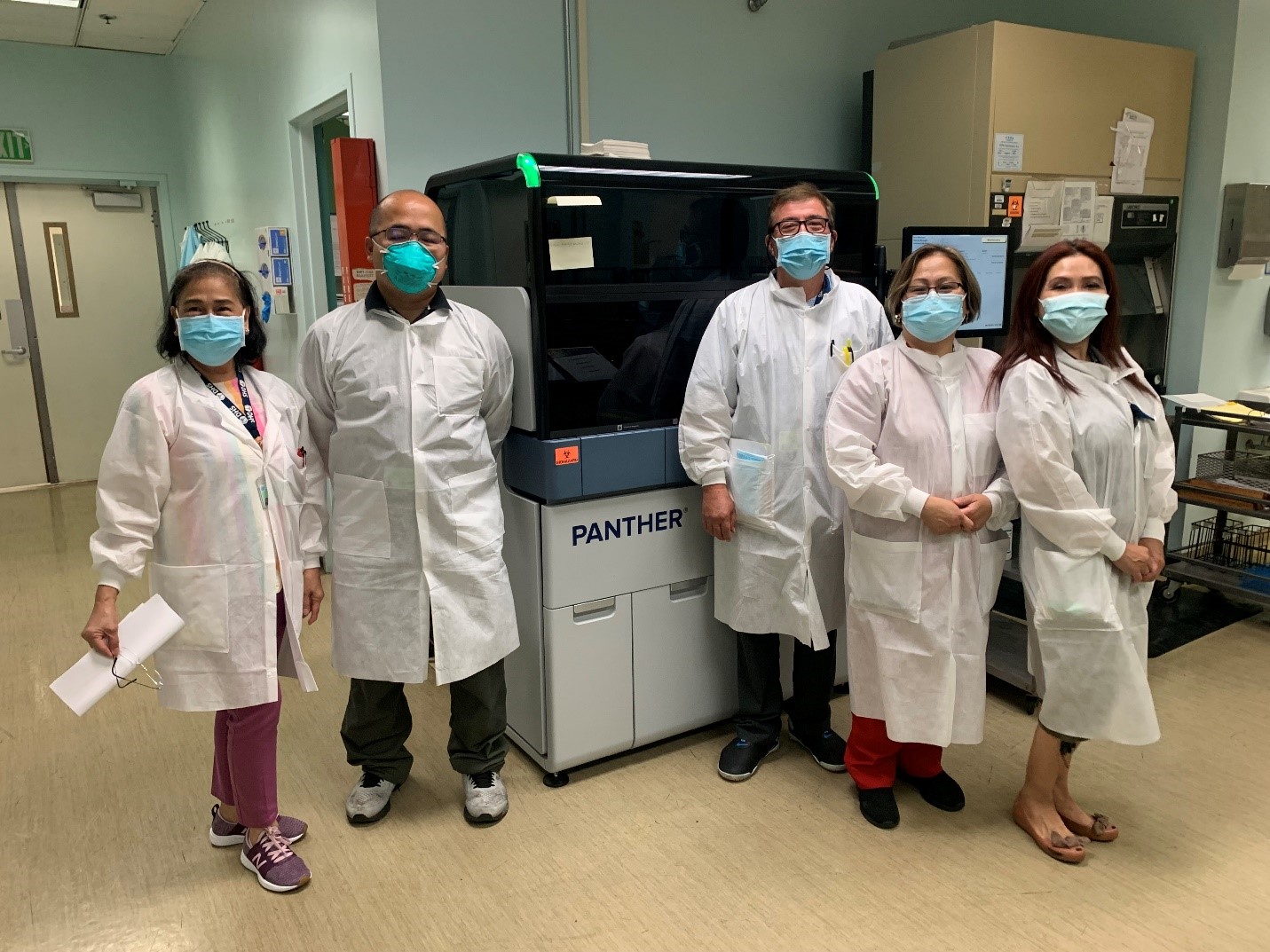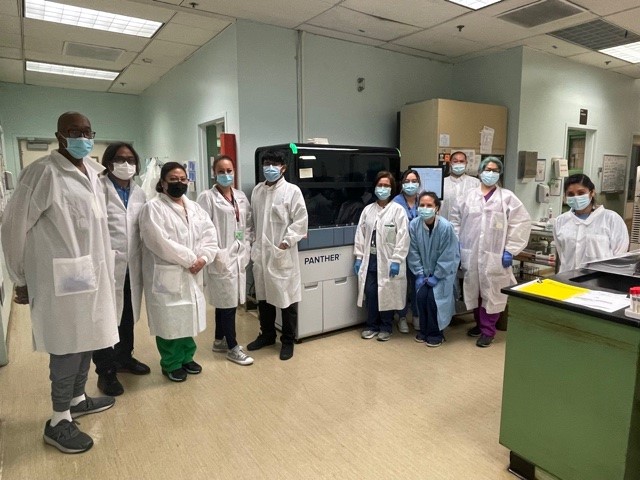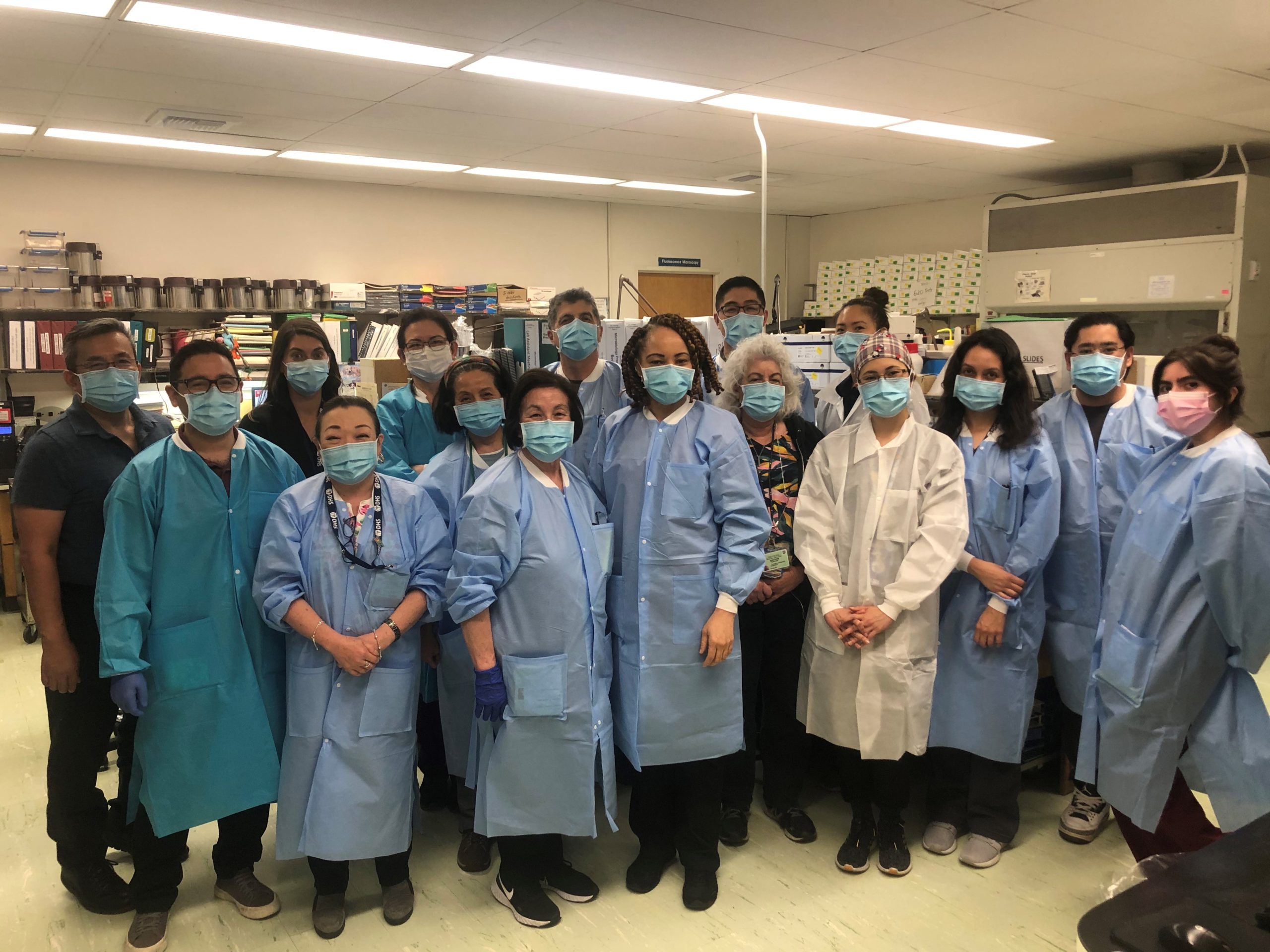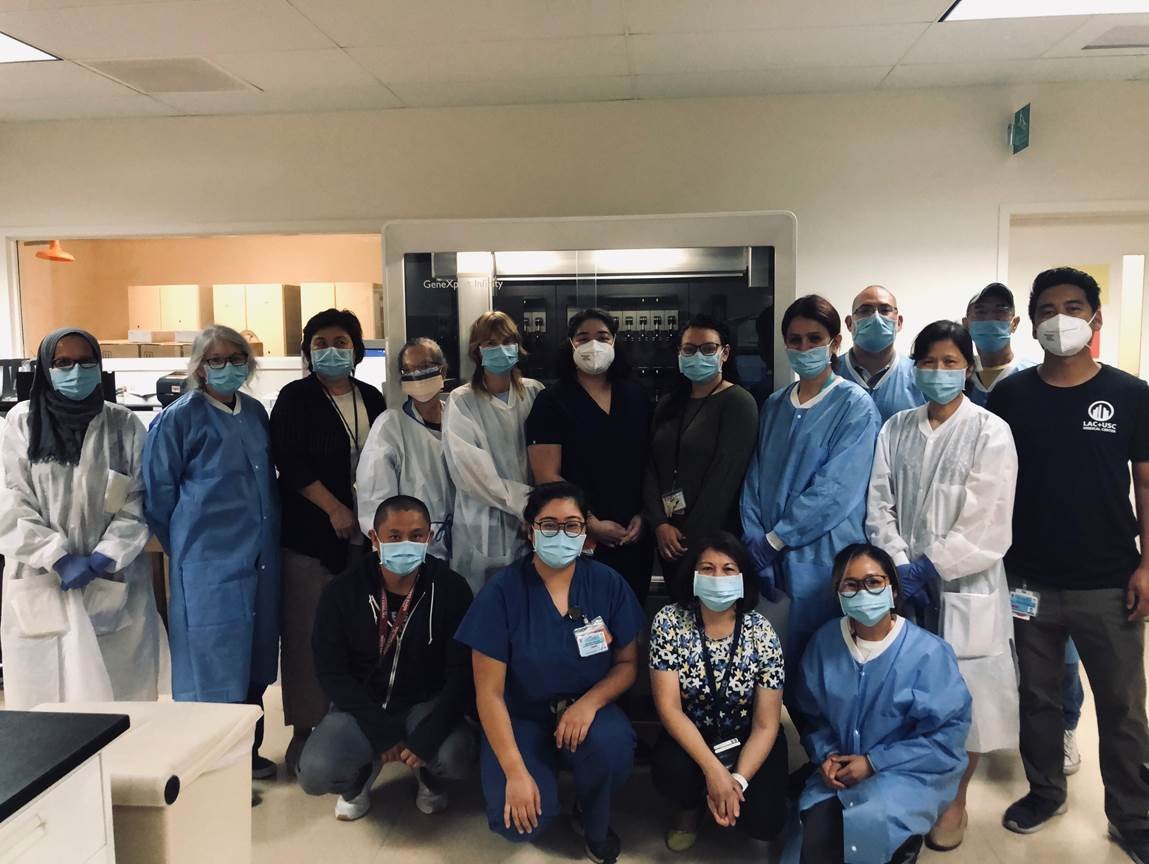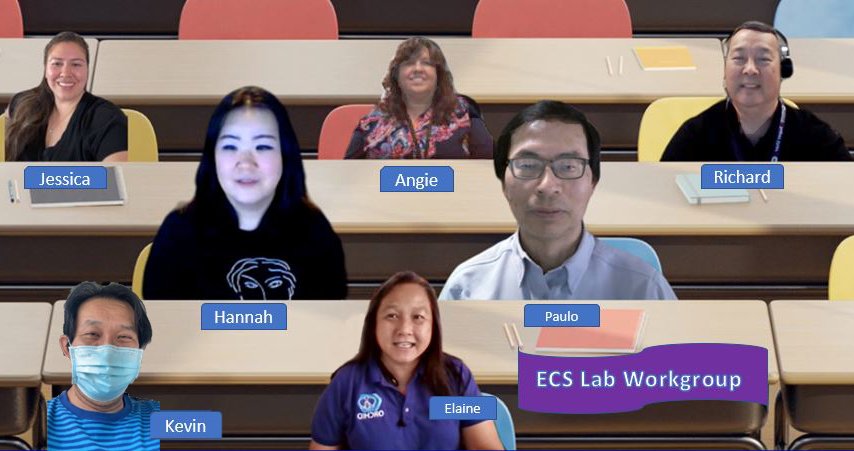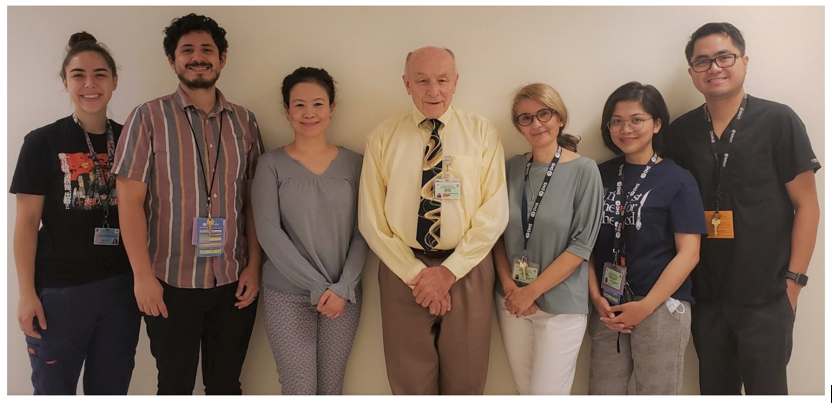*Olive View-UCLA Medical Center Microbiology Team
The SARS-CoV-2 (Covid 19) pandemic hit an unprepared USA and Los Angeles (LA) county in February 2020. The initial challenge of being able to test the few patients who showed symptoms, quickly grew to the need for testing hundreds of inpatients and outpatients daily. Health Services laboratories’ response to the pandemic came in the middle of an enterprise lab integration effort that had started two years earlier. This integration effort was key to Health Services network of labs working together quickly and successfully to handle the increasing demand for testing. By implementing several testing platforms, the labs succeeded in significantly improving patient care by reducing turnaround times from a high of 9 days to less than 4 hours for inpatients and 24 hours for the majority of outpatients. This was also a more economical approach with an estimated savings of over $2 million.
The first Covid-19 positive patient admitted to Olive View-UCLA Medical Center (OVMC) was diagnosed by the only method available at the time, a nasopharyngeal (NP) swab sent to our local Public Health Lab and then on to the CDC. In the next weeks and months, the number of cases began to multiply alarmingly and it became clear that getting test results on patients would be critical to treatment decisions, cohorting of patients to prevent further spread, and to determine the level of personal protective equipment (PPE) necessary for healthcare workers to use. Prior to determining the Covid-19 status of a patient, he or she required quarantine if exhibiting any upper respiratory infection symptoms and staff had to use enhanced PPE, quickly becoming a precious resource, until test results came back. This impacted bed assignments and caused significant back-ups and increased wait times in emergency departments.
Fortunately, the County laboratories had already begun a reorganization process in 2017. The multi-year project included turning previously siloed, facility focused laboratories into one laboratory with central oversight operating in 10 locations. The framework already in place was instrumental and key to the success of this program of getting Covid-19 testing for our patients on a much more rapid basis. The effective coordination also helped Health Services labs to navigate the complexities of resource shortages, while continuing to care for an expanding patient population.
